What is Pre Rigor Mortis in Fish: Implications for Quality and Handling
By. Ely Kusniawati - 24 Sep 2025.jpg)
Kelolalaut.com The period immediately after a fish is harvested plays a crucial role in determining the final quality of the product. One of the most important stages to understand is pre-rigor mortis—the time between the death of the fish and the onset of rigor mortis. During this brief but critical phase, the fish’s muscle biochemistry is still active, which has significant implications for texture, shelf life, and overall product value. By properly managing fish during pre-rigor mortis, processors can maintain freshness, minimize quality losses, and deliver superior products to consumers.
Definition of Pre Rigor Mortis
Pre-rigor mortis refers to the period immediately after the fish is harvested but before the muscles stiffen. When a fish dies, circulation stops, but enzymatic and metabolic processes continue for a short time. Muscle tissues still contain ATP (adenosine triphosphate), the energy molecule that keeps muscles flexible. As ATP depletes, muscles contract and enter rigor mortis, leading to stiffness. The length of the pre-rigor phase varies depending on species, size, water temperature, and handling practices, but it typically lasts from several minutes up to several hours.
Biochemical Changes During Pre Rigor
During pre-rigor mortis, several biochemical processes are at play. Oxygen levels in the muscle drop as respiration ceases, causing a shift from aerobic to anaerobic metabolism. Glycogen stored in the muscle is converted to lactic acid, gradually lowering the pH. ATP is broken down into ADP (adenosine diphosphate) and eventually to AMP (adenosine monophosphate) and inorganic phosphate. Once ATP levels fall below a critical threshold, muscle proteins lock in place, and rigor mortis begins.
Maintaining high ATP levels during this phase is essential because it keeps the flesh flexible, making handling, filleting, and processing much easier. Improper handling that accelerates ATP depletion—such as rough treatment or exposure to warm temperatures—can lead to early onset of rigor and negatively affect fillet quality.
The Importance of Pre Rigor Handling
The pre-rigor period is considered the golden window for processing fish. Filleting during this stage, known as pre-rigor filleting, offers several advantages. The flesh is still firm and elastic, allowing for cleaner cuts and higher yield. Additionally, pre-rigor fillets are less prone to gaping (separation of muscle fibers) during storage and cooking, resulting in a more visually appealing product. Rapid chilling is one of the most critical steps during pre-rigor mortis. Lowering the fish’s temperature slows metabolic processes, delays ATP depletion, and extends the pre-rigor phase. This helps preserve texture and flavor while reducing microbial growth. Many seafood processors use a combination of ice slurry, refrigerated seawater, or onboard freezing systems to achieve optimal chilling as soon as the fish is brought on deck.
Implications for Shelf Life and Quality
Handling fish during pre-rigor mortis has a direct impact on shelf life. Fish that are processed quickly and under controlled temperatures retain better moisture, resulting in less drip loss during storage. The flesh remains bright and translucent, which is a key indicator of freshness. Moreover, slower ATP breakdown reduces the rate of spoilage reactions, giving the product a longer window for distribution and sale.
On the other hand, if fish are left in warm conditions or handled poorly during pre-rigor, they may enter rigor mortis too quickly. This can cause muscle contraction while the fish is in an undesirable position, leading to misshapen fillets and tougher texture.
Best Practices for Managing Pre Rigor Mortis
To maximize the benefits of the pre-rigor phase, seafood processors should adopt the following best practices:
- Immediate Chilling: Rapidly chill fish using ice slurry or refrigerated seawater systems.
- Gentle Handling: Avoid rough handling, which can deplete ATP levels faster.
- Timely Processing: Fillet and process fish as soon as possible within the pre-rigor window.
- Temperature Control: Maintain cold chain from harvest to final packaging to slow biochemical changes.
Pre-rigor mortis is a critical stage in fish processing that directly affects texture, appearance, and shelf life. Understanding the biochemical processes involved allows processors to make informed decisions about chilling, handling, and timing of filleting. By maximizing the benefits of the pre-rigor window, the seafood industry can deliver fresher, higher-quality products that meet consumer expectations for taste, appearance, and safety.
If youre interested in our Itoyori / Golden Trheadfin Fillet Butterfly please do not hesitate to contact us through email and/or Whatsapp
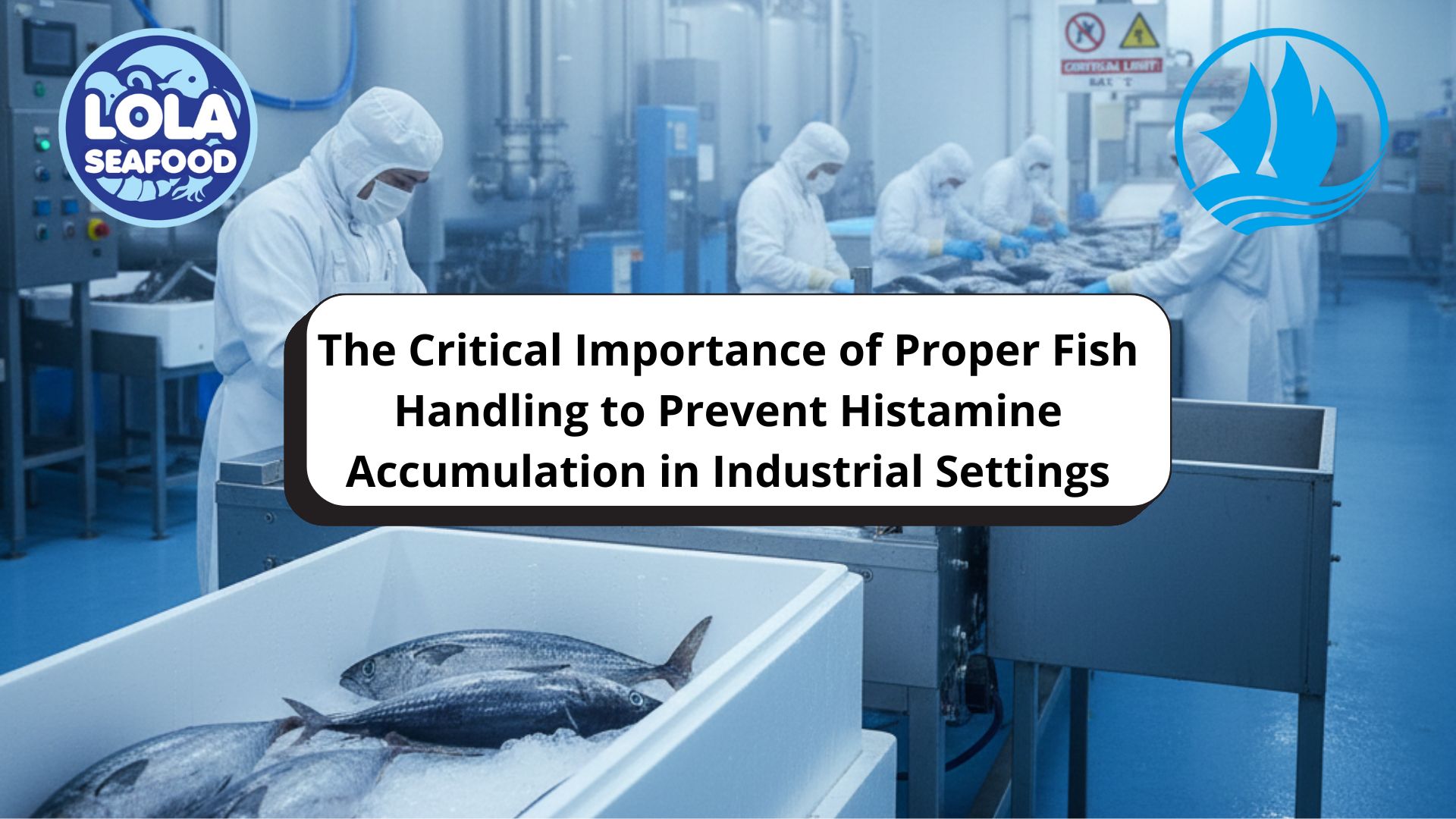
The Critical Importance of Proper Fish Handling to Prevent Histamine Accumulation in Industrial Settings
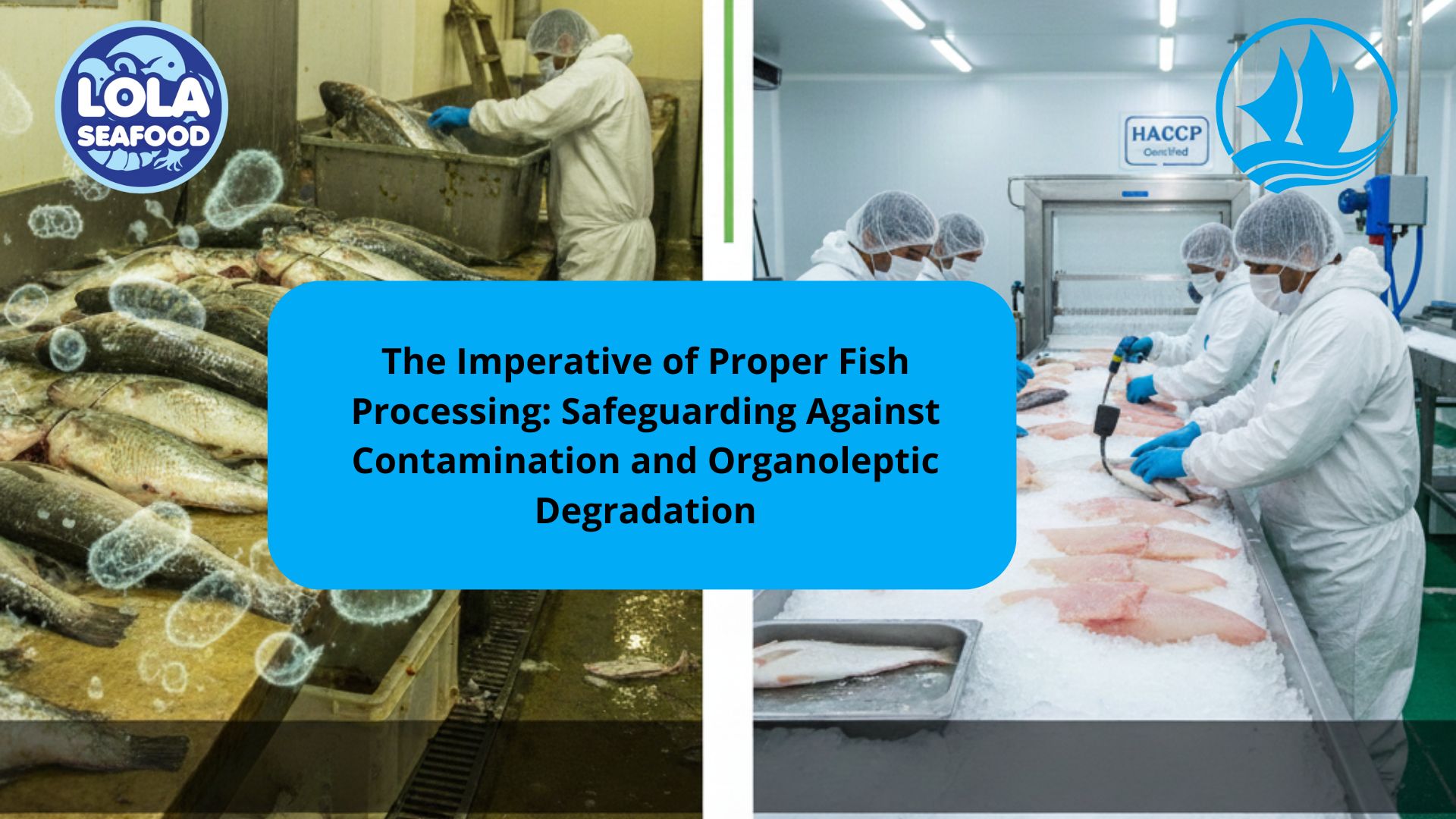
The Imperative of Proper Fish Processing: Safeguarding Against Contamination and Organoleptic Degradation
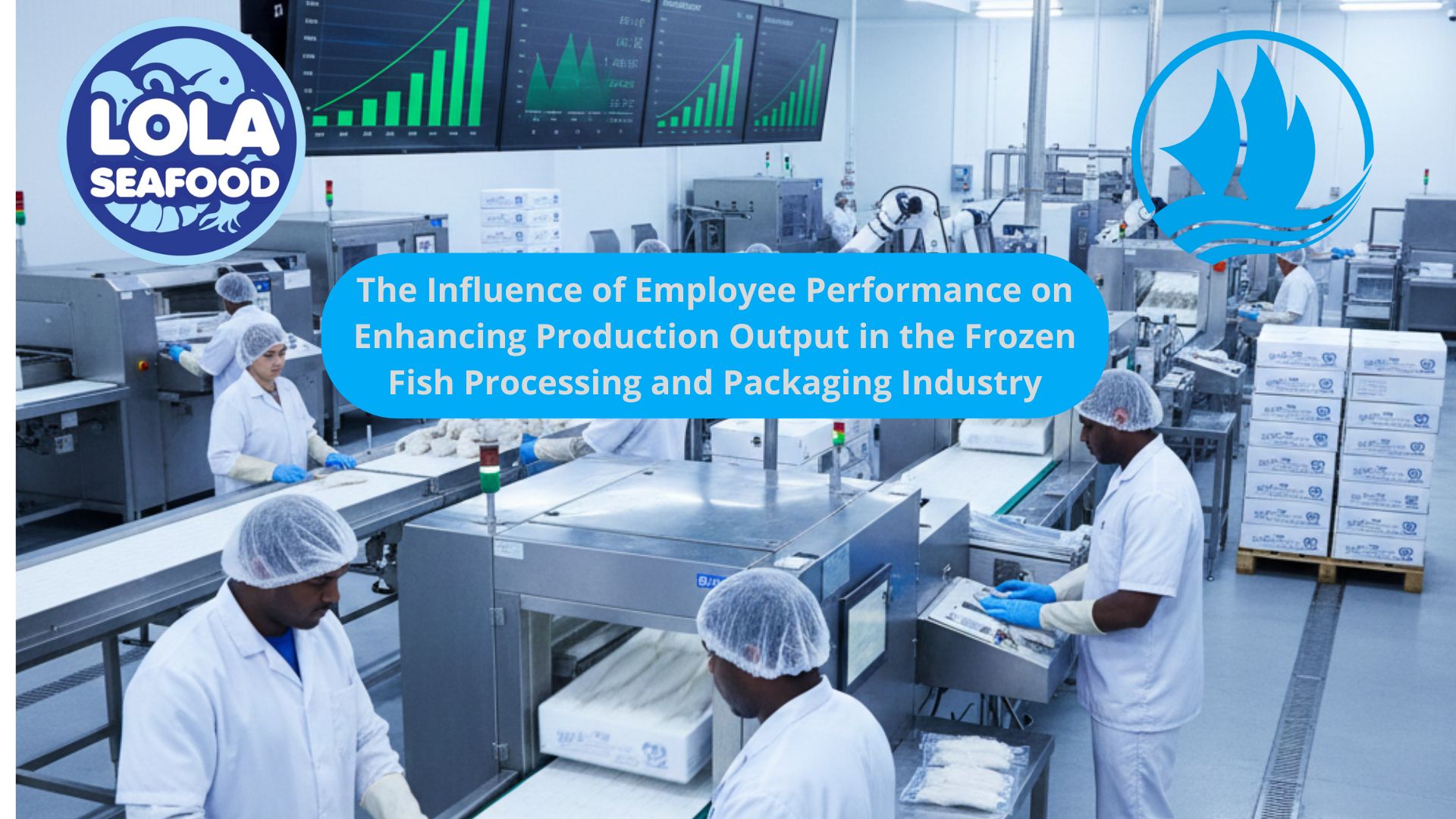

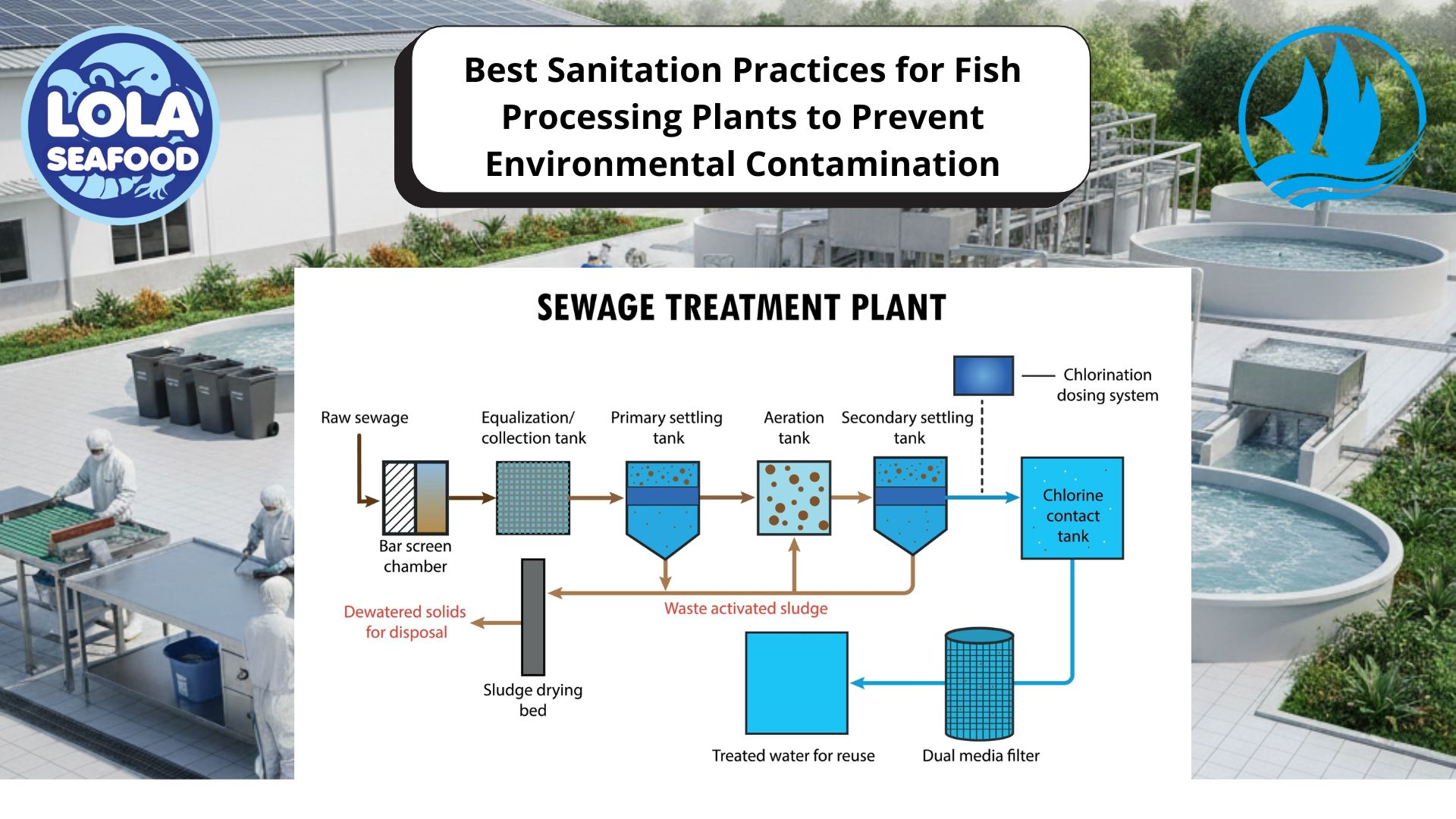

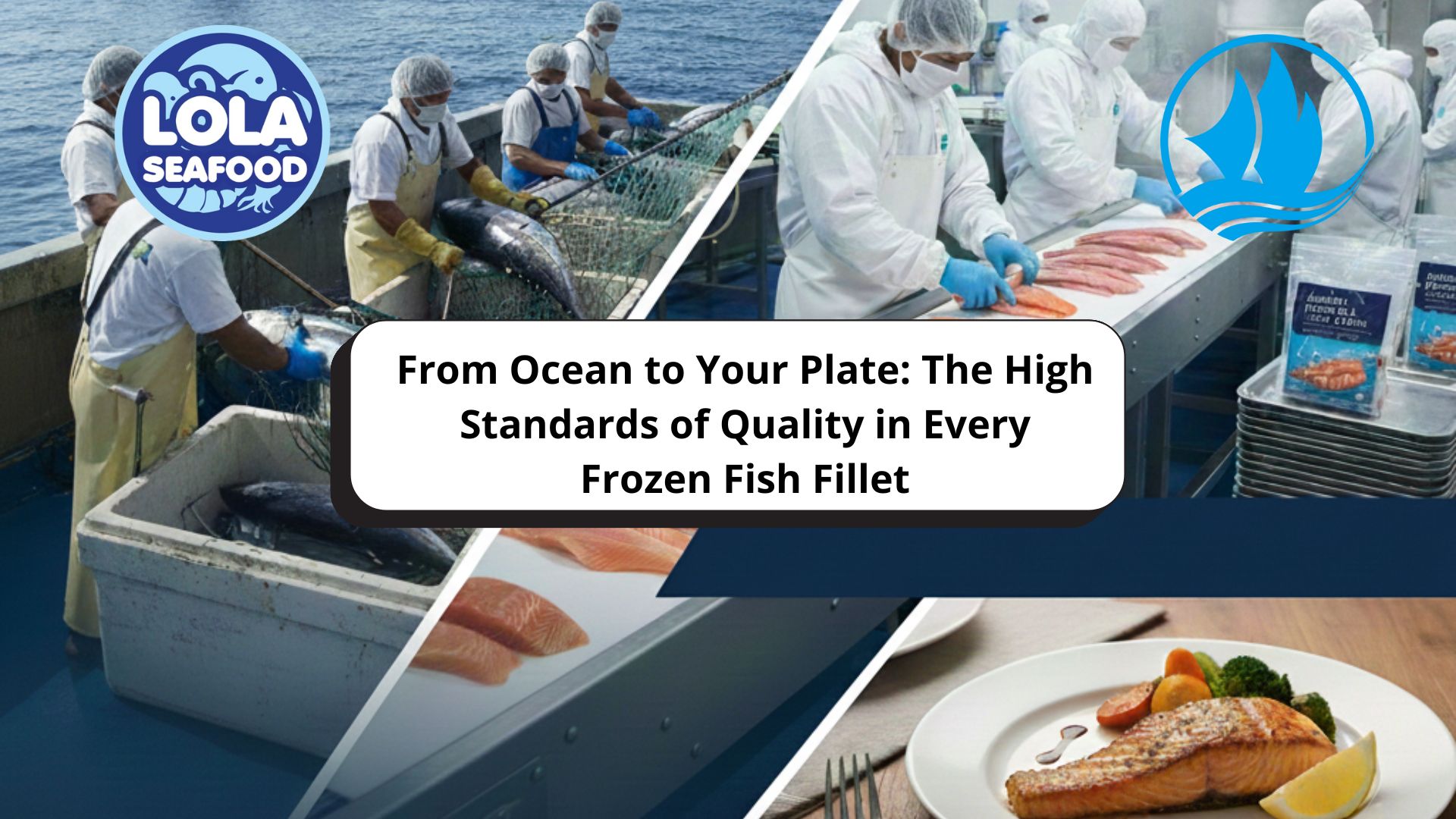

.jpg)